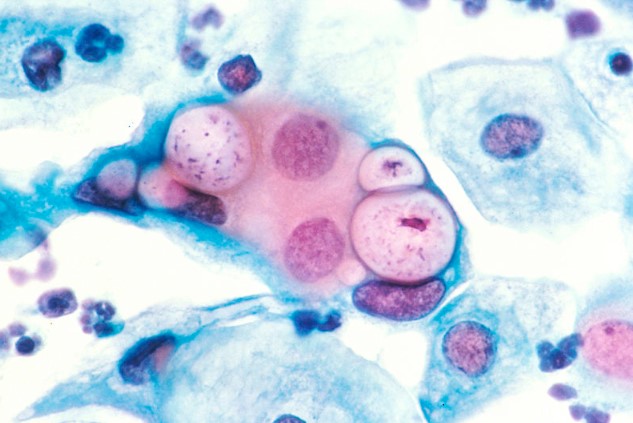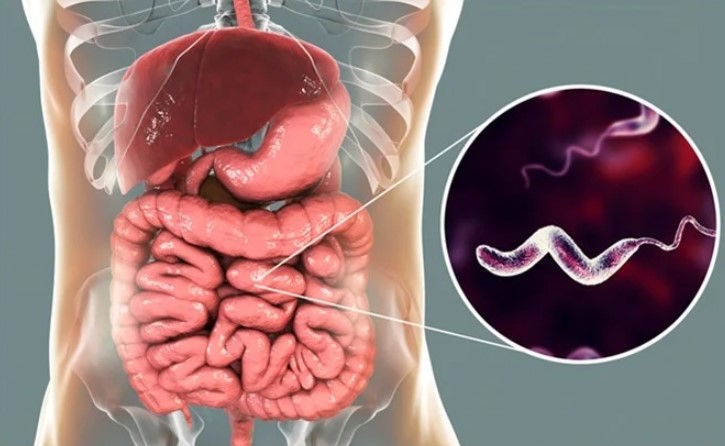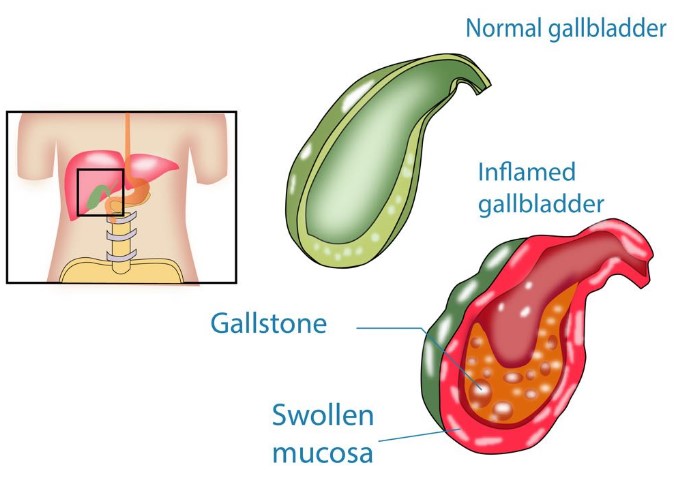
Chlamydia: A Comprehensive Guide to Understanding, Preventing, and Treating
Introduction
Chlamydia is one of those topics that doesn’t come up often in casual conversation, yet it’s crucial to understand it. Why? Because awareness can lead to prevention, early detection, and effective treatment, saving countless individuals from severe health issues down the line.
What is Chlamydia?
Definition and Overview
Chlamydia is a common sexually transmitted infection (STI) caused by the bacterium Chlamydia trachomatis. It affects both men and women, primarily targeting the genital area but can also infect the rectum and throat. Despite its prevalence, many people remain unaware of its presence due to its often asymptomatic nature.
Common Misconceptions
One widespread misconception is that Chlamydia only affects promiscuous individuals. The reality is, it can impact anyone who is sexually active, regardless of their sexual history. Another myth is that it always presents symptoms, but many people can carry the infection without any noticeable signs.
Causes and Transmission
How Chlamydia Spreads
Chlamydia spreads through sexual contact with the penis, vagina, mouth, or anus of an infected person. This includes vaginal, anal, and oral sex. It can also be passed from an infected mother to her baby during childbirth.
Risk Factors
Factors increasing the risk of contracting Chlamydia include having multiple sexual partners, inconsistent use of condoms, previous or concurrent STIs, and engaging in unprotected sex.
Symptoms of Chlamydia
Common Symptoms in Women
Women might experience abnormal vaginal discharge, burning sensation during urination, pain during intercourse, and bleeding between periods or after sex. If left untreated, Chlamydia can lead to serious reproductive issues.
Common Symptoms in Men
Men may notice discharge from the penis, a burning sensation when urinating, pain and swelling in one or both testicles, and sometimes pain in the lower abdomen.
Asymptomatic Cases
Approximately 70-80% of women and 50% of men with Chlamydia show no symptoms, making regular screening crucial.
Diagnosis of Chlamydia
When to Get Tested
It’s advisable to get tested if you’ve had unprotected sex, a new partner, multiple partners, or if your partner has tested positive for an STI.
Types of Tests
Testing typically involves a urine sample or a swab from the affected area. These samples are then tested in a lab to detect the presence of the bacterium.
Treatment Options
Antibiotics
Chlamydia is typically treated with antibiotics like azithromycin or doxycycline. It’s essential to complete the prescribed course even if symptoms disappear.
Partner Treatment
To prevent reinfection, it’s crucial that sexual partners are also treated simultaneously.
Follow-Up Care
A follow-up test after treatment ensures the infection is completely cleared. This is usually recommended three months post-treatment.
Prevention Strategies
Safe Sex Practices
Using condoms consistently and correctly during all forms of sexual activity significantly reduces the risk of transmission.
Regular Screening
Regular STI screenings are vital, especially for sexually active individuals under 25, as they are at higher risk.
Complications of Untreated Chlamydia
Pelvic Inflammatory Disease (PID)
In women, untreated Chlamydia can lead to PID, a serious infection of the reproductive organs, causing chronic pelvic pain, ectopic pregnancy, and infertility.
Infertility
Both men and women can suffer from infertility due to untreated Chlamydia. In men, it can cause epididymitis, leading to pain and potentially infertility.
Other Health Issues
Untreated Chlamydia can increase the risk of contracting other STIs, including HIV. It can also cause reactive arthritis, affecting the joints, eyes, and urethra.
Chlamydia in Pregnancy
Risks to the Mother
Pregnant women with Chlamydia are at higher risk for complications like premature birth and low birth weight.
Risks to the Baby
The infection can be passed to the baby during childbirth, leading to eye infections or pneumonia.
Treatment During Pregnancy
Pregnant women should be treated with antibiotics that are safe during pregnancy to prevent complications.
Living with Chlamydia
Coping Mechanisms
Receiving a Chlamydia diagnosis can be emotionally challenging. It’s essential to follow medical advice, complete treatment, and avoid sexual activity until the infection is cleared.
Seeking Support
Support from healthcare providers, partners, friends, and support groups can help in coping with the emotional aspects of the diagnosis.
Chlamydia and Mental Health
Emotional Impact
The stigma associated with STIs can lead to feelings of shame, anxiety, and depression. It’s important to address these feelings and seek professional help if needed.
Counseling and Support Groups
Counseling can provide a safe space to discuss feelings and develop coping strategies. Support groups offer a community of individuals with similar experiences.
Myths and Facts about Chlamydia
Debunking Common Myths
One myth is that you can’t get Chlamydia more than once. However, reinfection is possible if exposed again. Another myth is that Chlamydia always causes symptoms, but as mentioned, many people are asymptomatic.
Important Facts
Chlamydia is highly treatable and preventable. Regular screening and safe sex practices are key to managing and reducing its spread.
Global Impact of Chlamydia
Statistics Worldwide
Chlamydia is the most commonly reported bacterial STI worldwide. According to the World Health Organization, over 130 million new cases occur annually.
Efforts to Combat Chlamydia
Global efforts include public health campaigns, increased access to screening, and education on safe sex practices.
Chlamydia in Different Populations
Adolescents and Young Adults
This age group has the highest rates of Chlamydia, primarily due to a lack of awareness and inconsistent use of protection.
Older Adults
Chlamydia rates are also rising among older adults, emphasizing the need for STI education and prevention across all age groups.
Conclusion
Understanding Chlamydia is crucial for preventing its spread and managing its impact. Regular screenings, safe sex practices, and prompt treatment are essential steps. By staying informed and proactive, we can reduce the prevalence of this common infection and protect our health.
FAQs
Can Chlamydia be cured completely?
Yes, with the correct antibiotic treatment, Chlamydia can be completely cured.
How long does it take for symptoms to appear?
Symptoms typically appear 1 to 3 weeks after exposure, but many people may not experience any symptoms at all.
Can you get Chlamydia from kissing?
No, Chlamydia is not transmitted through casual contact such as kissing.
Is Chlamydia only transmitted through sexual contact?
While it is primarily transmitted through sexual contact, it can also be passed from mother to baby during childbirth.
What should I do if I test positive for Chlamydia?
Follow your healthcare provider’s treatment plan, inform your sexual partners, and abstain from sexual activity until the infection is cleared.

Childhood Obesity
You May Also Like

Childhood Obesity
March 26, 2024
Understanding Campylobacter Infection: A Comprehensive Guide
September 26, 2023
